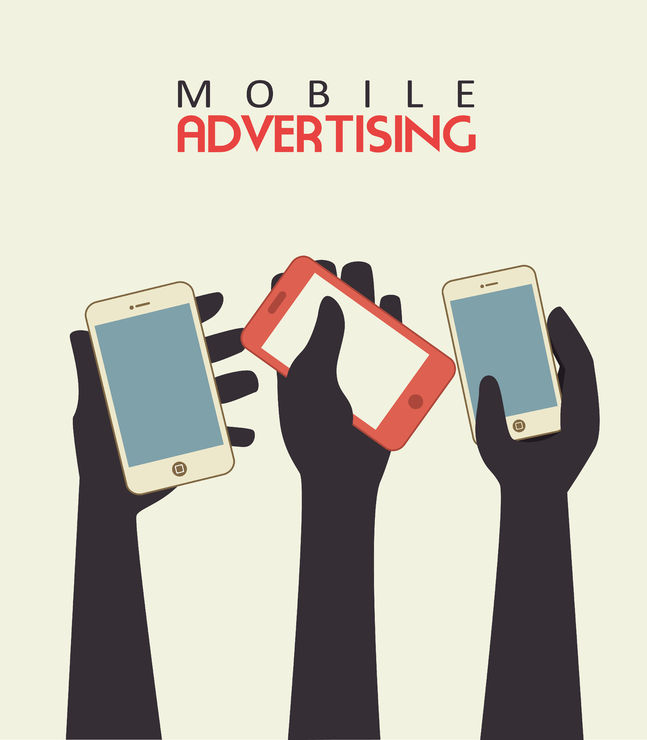Both publishers and advertisers alike see Native Advertising as an integral part of their digital marketing strategies because of its unique approach to communicating a brand’s message. Native Ads are dynamic and intelligent, and most importantly, adaptive. Because they’re built to blend into the site on which they appear, the actual elements of the native ad are inspired by the style sheets of the app or website on which they’re being shown. Native ads take on a multifaceted and layered appeal, which makes them flexible in terms of how they are presented, often not appearing to be an ad at all. This dynamic characteristic and organic feel means native ads can quite naturally be found in the content feed of a website, which traditionally has been seen as difficult to monetise.
What makes Native Ad delivery so appealing?
First and foremost, it’s uninterrupted. But what about native advertising that takes place on a mobile? Many questions arise when it comes to mobile native advertising about the true nature of these ads, and whether the device itself (and more specifically, the way ads are served on mobile) detracts from the nativity of the ad itself. Many terms have been invented to try and deconstruct the nature of mobile native advertising, including native banners, floating native ads, and native rich media. However, the core of native advertising, whether it is on mobile or otherwise, is still uninterrupted delivery. At the end of the day, if the person using the mobile and seeing the native ad has no option but to engage, it’s already lost its native appeal. If you’re considering spending some of your marketing dollars on mobile native advertising, consider whether the context in which the ad is served is one where the user has a choice about whether or not to engage with it.
Are native advertising campaigns scalable?
Advertisers can always work closely with a publisher to try and tailor their adverts to make them native, but scalability in this respect still presents a challenge. How do you reach all of your audience in a native manner? The answer (in part) is standardisation, which broadens the reach of advertisers and the transparency of the campaign. In recent years, we have seen the native advertising industry become more and more standardised, particularly as a result of Facebook’s burgeoning ad inventory. You might be asking yourself, how on earth do you standardise something that is meant to be unique? It’s a good question, and it really comes down to the elements that make up the creative of a native ad.
If you are a marketer looking to invest in programmatic mobile native advertising, and scalability is your concern, you might want to give more attention to “in-feed” mobile adverts. These ads are made up of several elements:
- The image;
- The body;
- The headline;
- The promoted/sponsored tag; and
- The advertiser’s logo
The level of interest from native ad exchanges in using the above model has allowed programmatic to enter the mobile native advertising market, and has settled some of the doubts around scalability.
Is post-click engagement important?
Although it is tempting to try and take advantage of how efficient in-feed native can be in attracting user engagement, it’s important to remember that the native-ad experience is distinct from the banner-ad experience.
From the outset, we should note that the core purpose of native advertising is to magnify content. If users come across a promoted publication placed unassumingly amongst other editorial pieces, the reasonable assumption, despite its incognito placement, is that the publication is content that an advertiser has paid to put there. The worst thing you can do is try to bait a user into clicking only to then redirect him to a landing page or shopping cart, as this can create feelings of betrayal and deception in the consumer.
Next, it’s important to consider what the user will actually see and experience in viewing your content on mobile. Has your site been mobile-optimised? What tracking do you currently use to measure levels of engagement? If mobile native advertising is really on the horizon for you, you need to have the ability to track these metrics.




